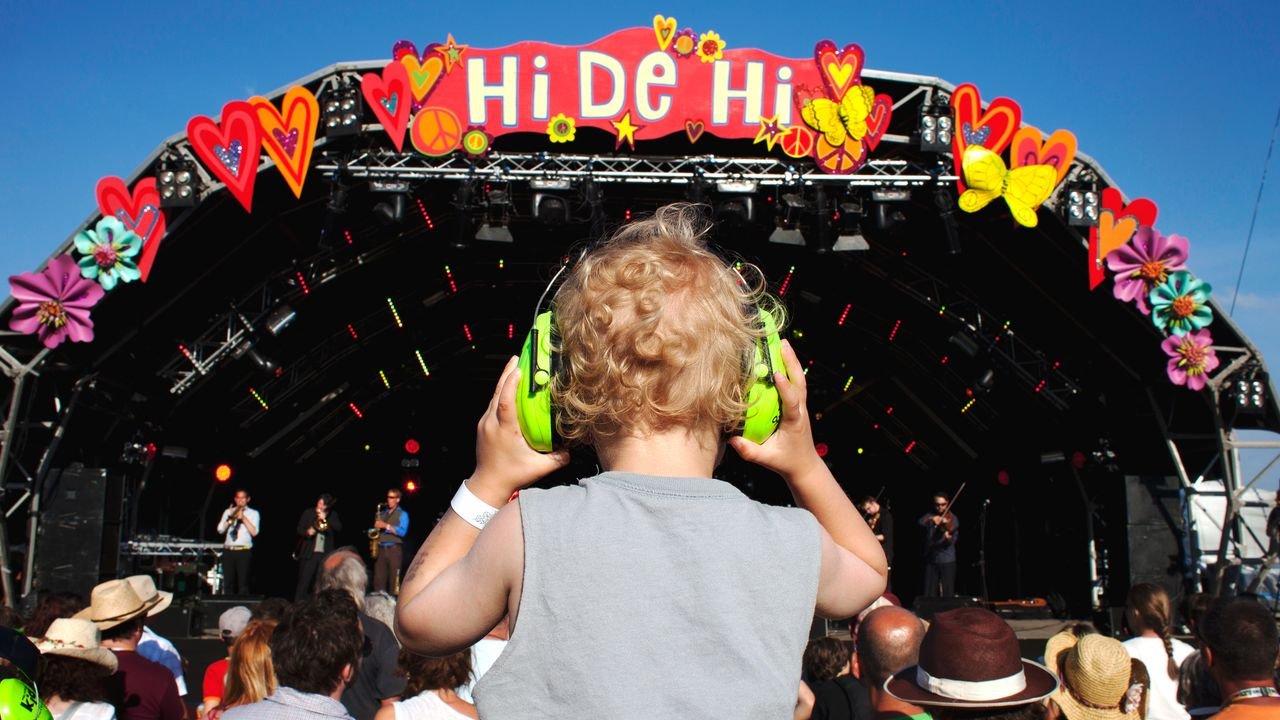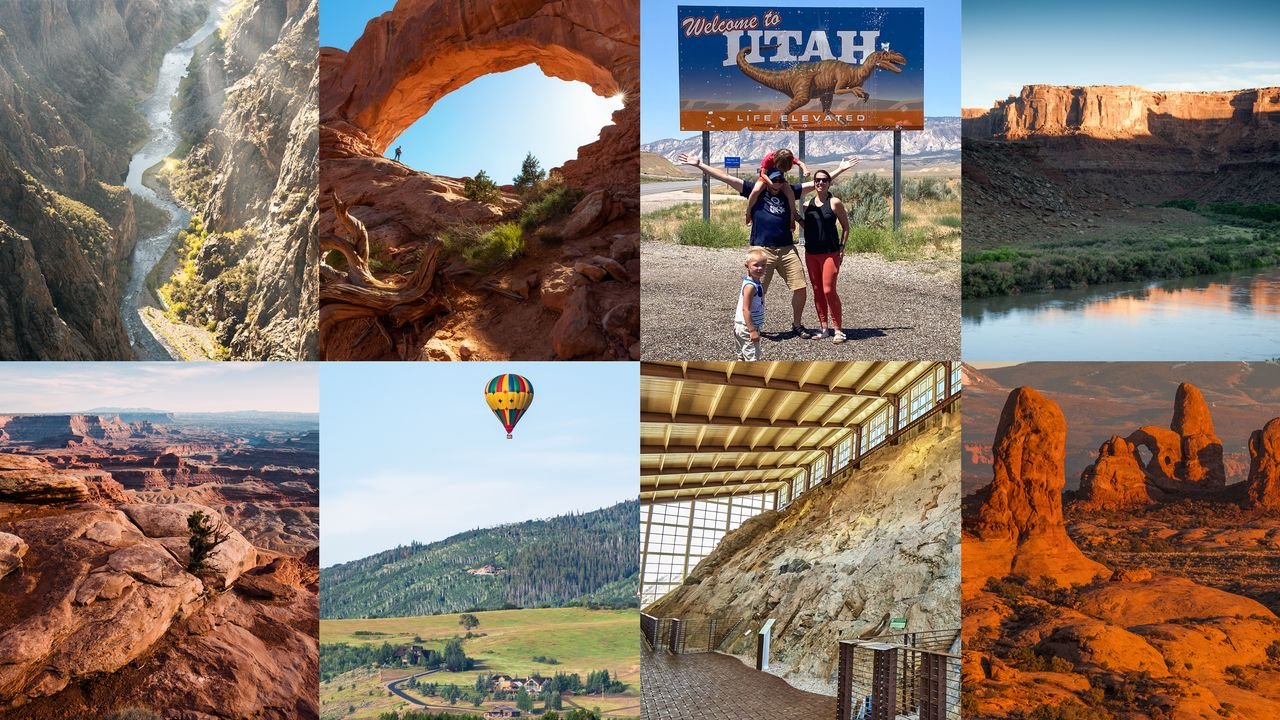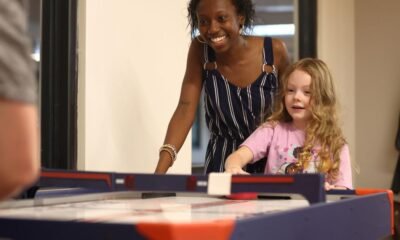Solo Travellers
10 Most Expensive Countries in the World to Grab a Cappuccino

Whether it’s a grouchy work morning, a first date, or a desperate hangover fix, coffee is often the first thing we reach for, rain, or shine. As Lorelai Gilmore famously taught us, it’s not just a beverage—it’s a lifeline.
Sure, there’s joy in brewing it yourself in a moka pot at sunrise. But let’s be honest: coffee just hits differently when it’s handed to you over the counter at your favorite café, plucked off a hand-lettered whiteboard menu next to a display of flaky pastries. Turns out, part of what makes it taste so good might just be the price tag.
According to Deutsche Bank’s 2025 “Mapping the World’s Prices” report, the cheapest cup of cappuccino in the world is in Cairo, Egypt, at just $1.57. While Zurich in Switzerland tops the chart at a steep $6.77 per cup.
In India, the numbers are more comforting. A cappuccino in Delhi averages $2.07, while in Mumbai it’s slightly pricier at $2.58. Italy, home of the cappuccino and entire espresso-fueled mornings, unsurprisingly lands on the affordable side too. In Rome, you can still sip on one for $1.79, making it the second cheapest city in the world.
Here’s where your caffeine craving might just make your wallet wince a little:
The most expensive places in the world to grab a cappuccino
- Switzerland (Zurich): $6.77
- Denmark (Copenhagen): $6.77
- United States (New York): $5.95
- United Arab Emirates (Abu Dhabi): $5.84
- United Kingdom (Edinburgh): $5.28
- Finland (Helsinki): $5.13
- Sweden (Stockholm): $5.10
- Hong Kong (Hong Kong): $5.09
- Qatar (Doha): $5.08
- Austria (Vienna): $4.96
The average cost of a cappuccino is based on 2025 data (in USD), but actual prices may vary depending on location, café type, and local fluctuations.
This article was originally published on Condé Nast Traveller India.
Solo Travellers
Are the world's most beautiful islands in danger?

The scenery and 24-hour sun on these Norwegian isles are no longer a secret
Source link
Solo Travellers
The Best Ear Protection for Kids to Wear at Concerts, Fireworks, and Sporting Events

There’s a reason your child covers their ears every time you walk past a construction site. Little ears are sensitive—and they’re especially vulnerable in the presence of fireworks, race cars, and screaming Taylor Swift fans. According to the Centers for Disease Control and Prevention, prolonged exposure to noise above 85 decibels (dB)—the typical volume of a hair dryer—can cause permanent hearing damage, even for adults. Now imagine your child at a Fourth of July firework festival, where pyrotechnics displays can top 150 dB, and you understand why packing ear protection is just as crucial as sunscreen and snacks.
“Our ears are always on,” says Dr. Brian J. Fligor, a pediatric audiologist, author of Understanding Childhood Hearing Loss, and president of Tobias & Battite Hearing Wellness in Boston. “Hearing is crucial for our language development and navigation of the world. That’s why we must protect children’s hearing from birth.”
The good news? Today’s earmuffs—over-the-ear headsets that help block noise—are lightweight, comfortable, and stylish enough that most kids won’t put up a fight over wearing them. They’re also designed to lower the decibel level without muffling or distorting sound entirely. (The goal is volume reduction, not total silence.)
Dr. Fligor advises using protection any time an event is loud enough to startle a child or requires shouting in order to be heard. He also recommends it when riding ATVs, snowmobiles, or other powersport vehicles where engines are not particularly well-muffled. And while hearing protection is not necessary on commercial flights, he absolutely recommends muffs for smaller bush and prop planes, or when attending a jet flyover show. If you’re not sure how to gauge the noise risk in any given situation, there’s an app for that: Decibel X sound meter for iOS and Android offers a real-time frequency analyzer for spot checks.
We asked Dr. Fligor, a father of four, along with other travel-savvy parents about the muffs that work best for their kids and why. Below, the best kid-approved picks for the ultimate ear protection.
FAQ:
What should I look for to find the best ear protection for kids?
Aim for a minimum noise reduction rating (NRR) of 22 to 27 dB for general use, says Dr. Fligor. For especially loud environments—like fireworks shows or racing events—higher is better.
What ages need ear protection?
Exposure to loud noise—anything over 85 dB—can cause permanent hearing damage in children and adults alike, which is why it’s so essential to protect our hearing from birth onward. Proactive protection for kids is especially important because they are less likely to self-regulate and move away from noise if it gets too loud.
Which type of ear protection is better for kids: earplugs or earmuffs?
For babies, toddlers, and grade schoolers, over-the-ear muffs are the safest and easiest option. They’re more comfortable, stay in place better, and don’t pose a choking hazard the way earplugs might. Dr. Fligor advises against using earplugs for children until they are old enough to report accurately on their comfort and effectiveness, typically around age seven or older. For tweens and teens, high-fidelity earplugs like Loop or Etymotic work well because they dampen volume without distorting sound (ideal for concerts).
How can I tell if the ear protection fits correctly?
“Earmuffs should form a snug but gentle seal around the ears without any gapping,” says Dr. Fligor. That means the cups are large enough to fit around the entire ear— including the flap of cartilage around the edge, called the pinna—and sit along the jaw. If they slip forward or the ears poke out, it’s not tight enough. If they leave indentations or the child complains about pressure, it’s too tight. To double check the fit, ask your child to shake their head while wearing them: If the earmuffs shift easily or slide off, they’re too loose.
Solo Travellers
Renting a Camper Van for a Road Trip of Stargazing, Cook Outs, and Red Rock Hikes

For Jo Piazza and Nick Aster, a camper van trip through the national parks of Colorado and Utah wasn’t just a summer escape—it was a way to reconnect with the adventures they loved pre-kids. “It was time for a trip out west,” Jo says. “We’d visited a lot of these national parks when we lived in San Francisco, but now it was about showing our kids—Charlie, 5, and Beatrix, 3—what makes these places so special.”
The couple, who live in Philadelphia and were expecting their third child at the time (Eliza, now born), mapped out a 10-day loop that started and ended in Denver. Along the way, they visited Rocky Mountain National Park, Steamboat Springs, Dinosaur National Monument, Moab, Arches, Canyonlands, Black Canyon of the Gunnison, and Breckenridge. “It was a bit of an epic romp,” Jo laughs. Here’s how they spent their family vacation—and how much it cost.
Why rent a camper van?
Pregnant, outdoorsy, and realistic about the physical demands of camping with two small kids, Jo knew she needed more than a tent. “Sleeping on the ground just wasn’t going to cut it,” she says. “A van gave me a good place to sleep—and full disclosure, Nick often slept out in the tent with the kids to give me a bit of luxury.”
They rented their “cabin camper” through Outdoorsy—a fully tricked-out truck with a massive cap in the back that felt like a log cabin on wheels. “People commented on it everywhere we went,” Jo says. “We’d get high fives, people asking to take pictures. At one point, someone said, ‘Hey man, we saw you in Canyonlands two days ago! That thing is awesome.”
Planning a flexible route around national parks
Unlike their usual meticulously planned vacations, this one was intentionally open-ended. “We had a general loop in mind,” Jo explains. “We knew we wanted to hit Rocky Mountain right away since it’s so close to the airport, and we knew Charlie would go bananas for Dinosaur. But the rest we figured out as we went. That’s the beauty of traveling by van—you don’t need to lock in hotels every night.”
This flexibility came in handy during a July heatwave in Moab. “We broke up the camping with a stay at the super-unhip Marriott,” Jo says. “It had a fake red rock pool and a mini water park. It flew in the face of the National Park ethos, but with 100-degree heat and two little kids, we just leaned in. They loved it.”
Top highlights for parents and kids
The kids’ favorite moments weren’t always the ones Jo and Nick would’ve picked, but they rolled with it. “They’re still talking about the pool in Moab and the fossil quarry at Dinosaur National Monument,” Jo says. “Also, they were weirdly into how much attention the van got.”
-

 Brand Stories2 weeks ago
Brand Stories2 weeks agoBloom Hotels: A Modern Vision of Hospitality Redefining Travel
-

 Brand Stories1 week ago
Brand Stories1 week agoCheQin.ai sets a new standard for hotel booking with its AI capabilities: empowering travellers to bargain, choose the best, and book with clarity.
-

 Destinations & Things To Do2 weeks ago
Destinations & Things To Do2 weeks agoUntouched Destinations: Stunning Hidden Gems You Must Visit
-

 Destinations & Things To Do1 week ago
Destinations & Things To Do1 week agoThis Hidden Beach in India Glows at Night-But Only in One Secret Season
-

 AI in Travel2 weeks ago
AI in Travel2 weeks agoAI Travel Revolution: Must-Have Guide to the Best Experience
-

 Brand Stories4 weeks ago
Brand Stories4 weeks agoVoice AI Startup ElevenLabs Plans to Add Hubs Around the World
-

 Brand Stories3 weeks ago
Brand Stories3 weeks agoHow Elon Musk’s rogue Grok chatbot became a cautionary AI tale
-

 Asia Travel Pulse4 weeks ago
Asia Travel Pulse4 weeks agoLooking For Adventure In Asia? Here Are 7 Epic Destinations You Need To Experience At Least Once – Zee News
-

 AI in Travel4 weeks ago
AI in Travel4 weeks ago‘Will AI take my job?’ A trip to a Beijing fortune-telling bar to see what lies ahead | China
-

 Brand Stories4 weeks ago
Brand Stories4 weeks agoChatGPT — the last of the great romantics



You must be logged in to post a comment Login